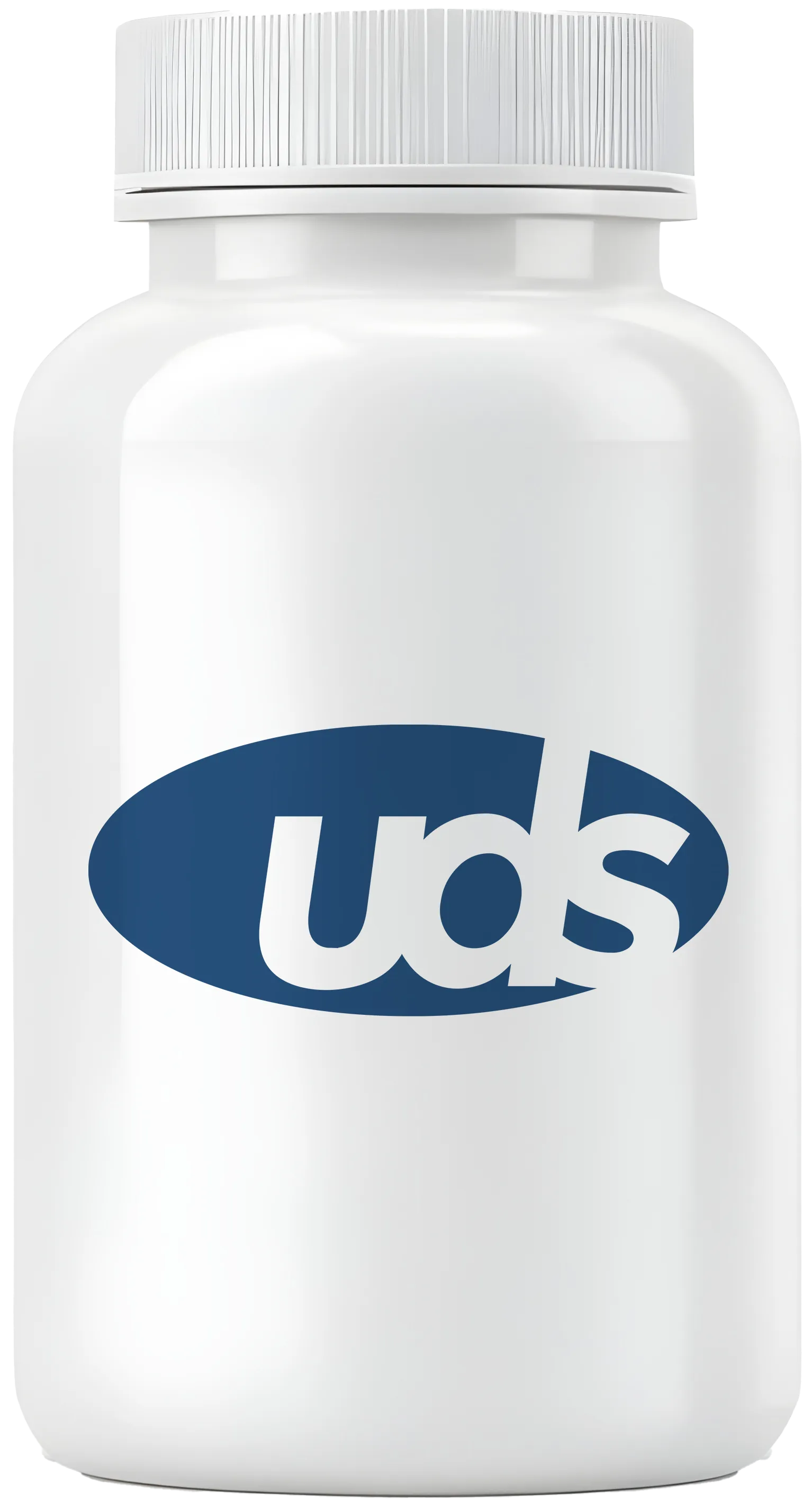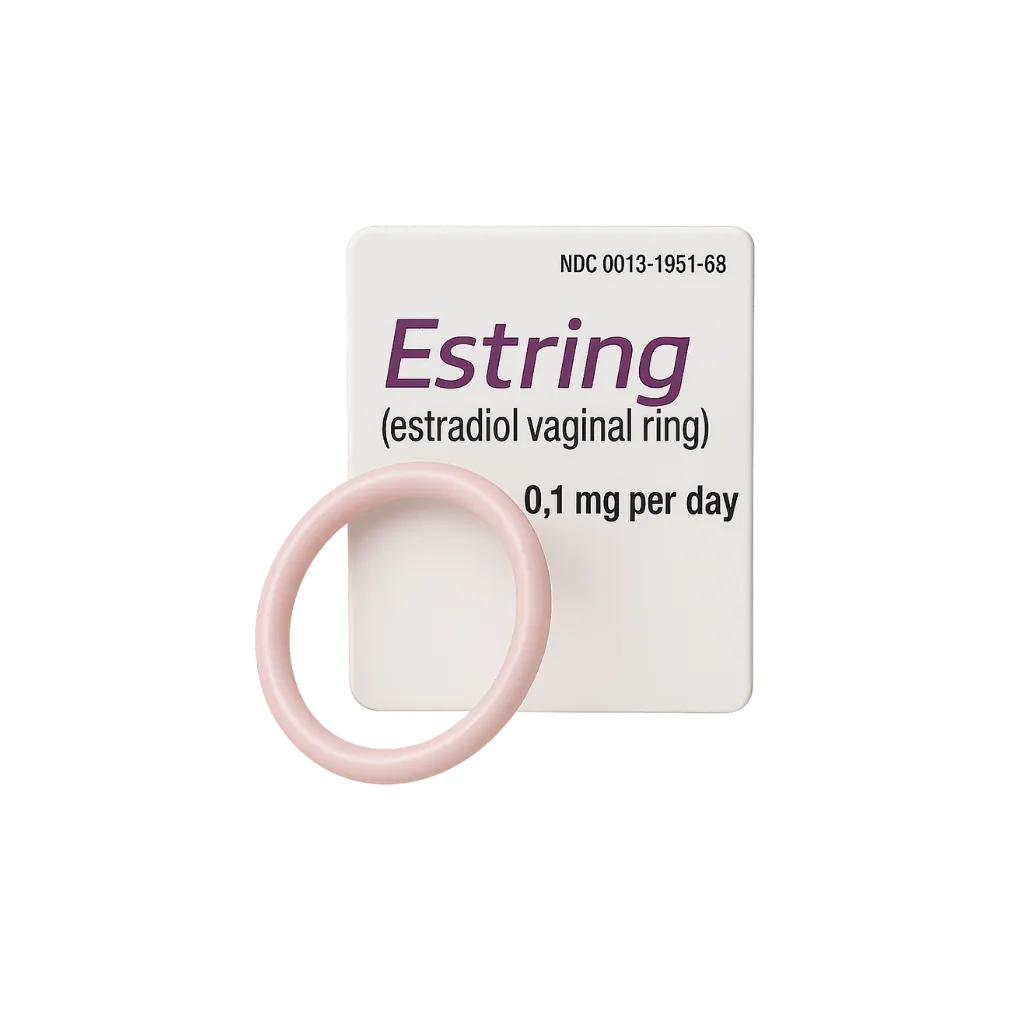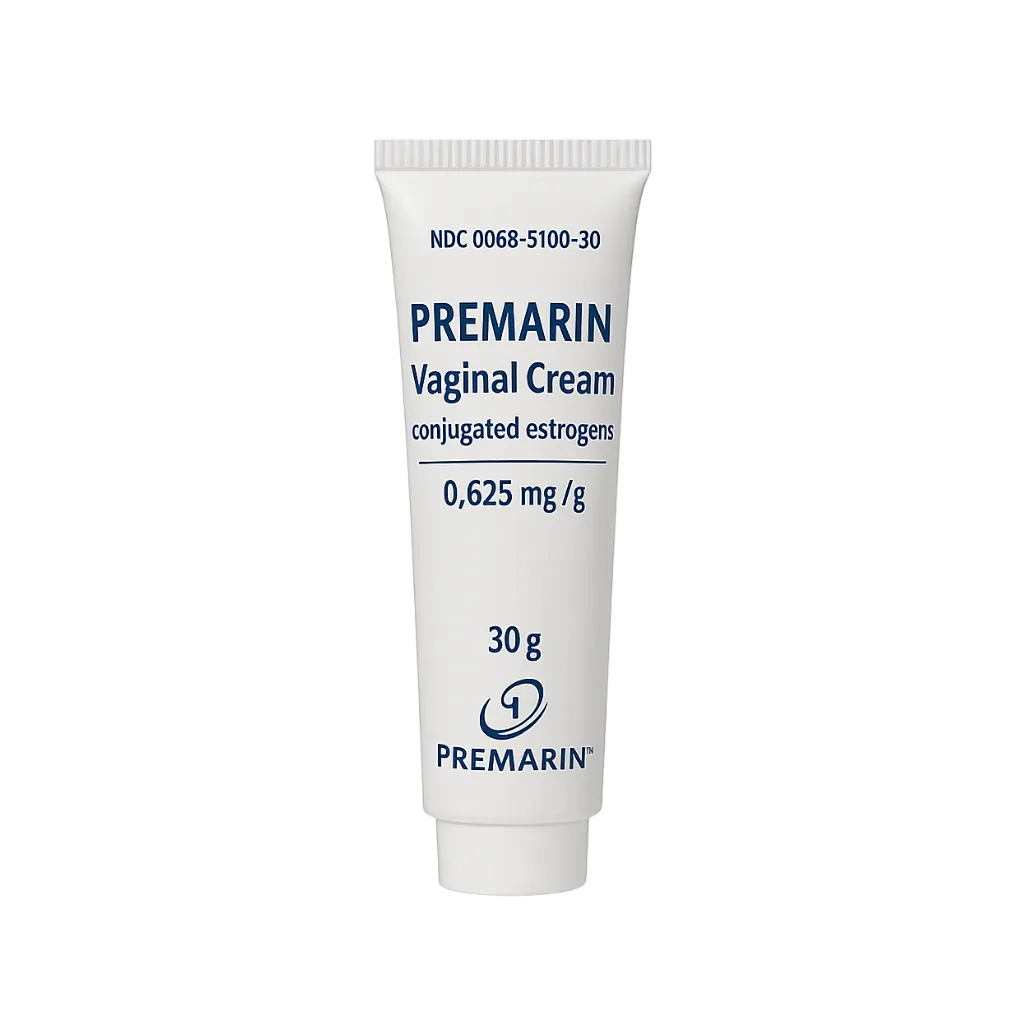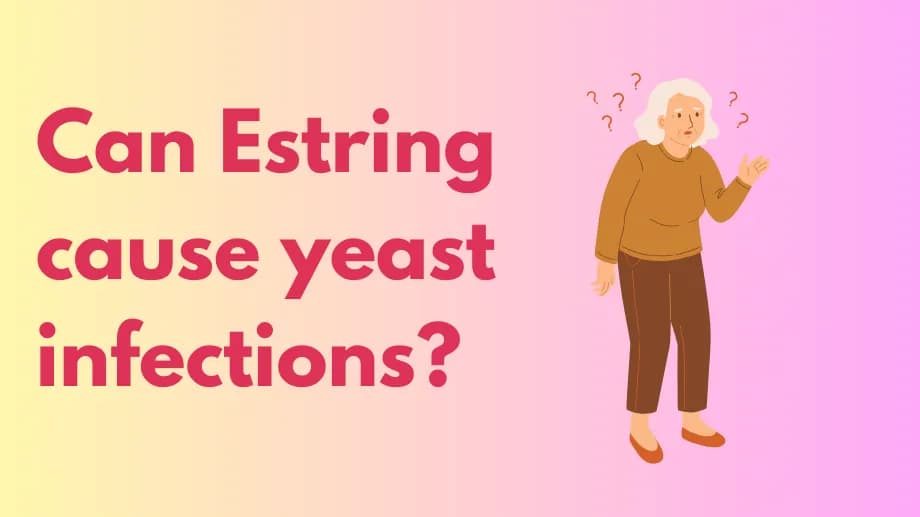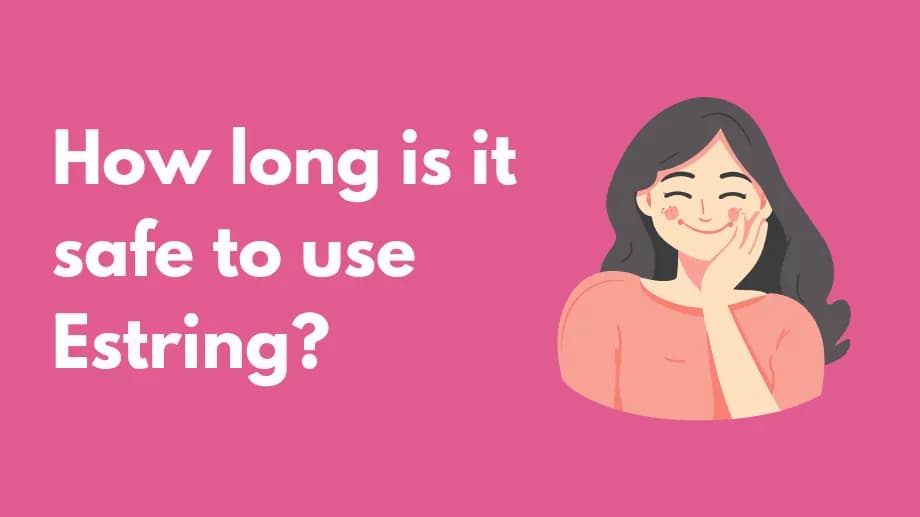How long is it safe to use Estring?

Estring is an FDA‑approved estradiol vaginal ring designed to relieve vaginal symptoms of menopause such as dryness and painful intercourse. Each ring releases a low dose of estrogen continuously and must be replaced every 90 days. Estrogen therapy should be used at the lowest effective dose and only for as long as needed to control symptoms. Prolonged use increases the risk of serious effects, including blood clots, heart attack, stroke, dementia, gallbladder disease, liver problems, and certain cancers. Your healthcare provider should review your ongoing need for Estring at regular intervals and arrange annual breast exams and mammograms unless advised otherwise.
What is Estring used for?
Estring contains estradiol, a synthetic form of estrogen, in a flexible vaginal ring. It is approved to treat moderate to severe symptoms of vulvar and vaginal atrophy in postmenopausal women, including vaginal dryness, burning, painful urination, and discomfort during sexual activity. Because estrogen alone can increase uterine cancer risk, Estring is typically prescribed only to women without a uterus. If you have an intact uterus, a progestin is added to reduce cancer risk.
How does Estring work?
During menopause (usually ages 45–55), natural estrogen levels decline, causing symptoms such as hot flashes, insomnia, mood changes, vaginal atrophy, and urinary infections. Estring is inserted into the vagina and left in place for 90 days, steadily releasing low‑dose estradiol to restore local estrogen levels and relieve symptoms.
Common side effects
- Headache
- Yeast or bacterial vaginal infection
- Vaginal discharge or irritation
- Back or abdominal pain
- Upper respiratory tract infection
- Nausea
Other side effects
- Breast pain or tenderness
- Genital itching
- Hot flashes
- Urinary tract infection
- Changes in lipid levels
- Reduced libido
- Fluid retention and bloating
Serious side effects
- Allergic reactions including angioedema
- Blood clots
- Heart attack or stroke
- Uterine, ovarian, or breast cancer
- High blood pressure and dementia
- Gallbladder disease
- Liver dysfunction and jaundice
- Toxic shock syndrome
- Uterine fibroids
Report any concerning symptoms promptly to your healthcare provider.
Shop Medications
Drug interactions
Estrogen is metabolized by CYP3A4. Enzyme inducers such as rifampin, carbamazepine, phenobarbital, and St. John’s Wort may reduce estradiol levels, while inhibitors like ketoconazole, itraconazole, clarithromycin, ritonavir, and grapefruit juice may raise them. No formal interaction studies exist, so discuss all medications and supplements with your provider.
Who should not use Estring?
Avoid Estring if you have:
- Unexplained vaginal bleeding
- History of estrogen‑dependent cancers
- Recent heart attack, stroke, or blood clots
- Liver disease or bleeding disorders
- Allergy to ring components (silicone, barium)
- Known or suspected pregnancy
Warnings and precautions
Tell your provider if you have:
- Cancers of the breast, endometrium, or ovary
- Porphyria, asthma, seizures, diabetes, migraines
- Endometriosis or liver, thyroid, kidney disease
- High cholesterol or calcium levels
- Scheduled surgery or extended immobilization
- Are breastfeeding
Storage
Store at room temperature (59–77 °F or 15–25 °C). No refrigeration required.
Can Estring cause dementia?
An observational study linked combined estrogen‑progestin therapy to a higher dementia rate over 20 years, but causality is unproven and further research is needed.
Sources
- The BMJ. 2022;381:bmj-2022-072770.
- Estring Package Insert. Pfizer.
- Medscape: Estradiol Vaginal Ring.
- Cleveland Clinic: Estradiol Vaginal Ring Guide.
- Prescriber’s Digital Reference: Estring Overview.
